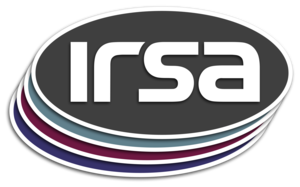The Spitzer Space Telescope Survey of the Large Magellanic Cloud Legacy Project Surveying the Agents of a Galaxy's Evolution (SAGE) traces the life cycle of observable matter that drives the evolution of a galaxy's appearance. SAGE has revealed over 6 million sources including ~150,000 evolved stars, ~50,000 young stellar objects and the diffuse interstellar medium with column densities > 1.2×1021 cm -2. The data will provide fundamental insights into the physical processes of the interstellar medium, the formation of new stars and the injection of mass by evolved stars and their relationships on the galaxy-wide scale of the Large Magellanic Cloud.
To be included in a Catalog, each source has to meet a number of criteria. The source had to be nearly point like with a correlation value 0.89. In regions where there is a significant structure in the surrounding region (identified as having a sigma > 0.25 in a 120" width square box), the source had to have a correlation value >0.91. There are a small number of sources with 24 um magnitudes between 4 and 8 which have unusually low uncertainties (i.e., high S/N). The origin of these sources is under investigation and seems to be related to edge effects in the AORs. In the meantime, these sources were removed from the 24 um catalogs. Finally, all sources had to have signal-to-noise values >5. The final catalogs likely have a few remaining unreliable sources, but we estimate this to be at the less than 1% error.
The Full Lists contain ALL the sources extracted from the mosaics, thus a user should be aware that it contains spurious sources. The full list may be useful to search for the potential counterparts to known sources.
This dataset or service is made available by the Infrared Science Archive (IRSA) at IPAC, which is operated by the California Institute of Technology under contract with the National Aeronautics and Space Administration.




